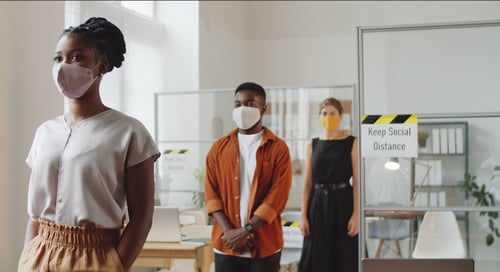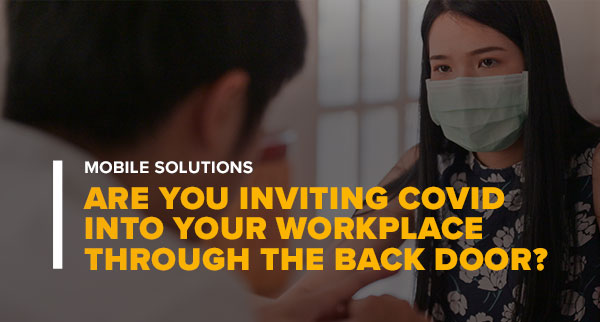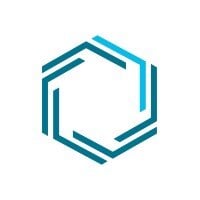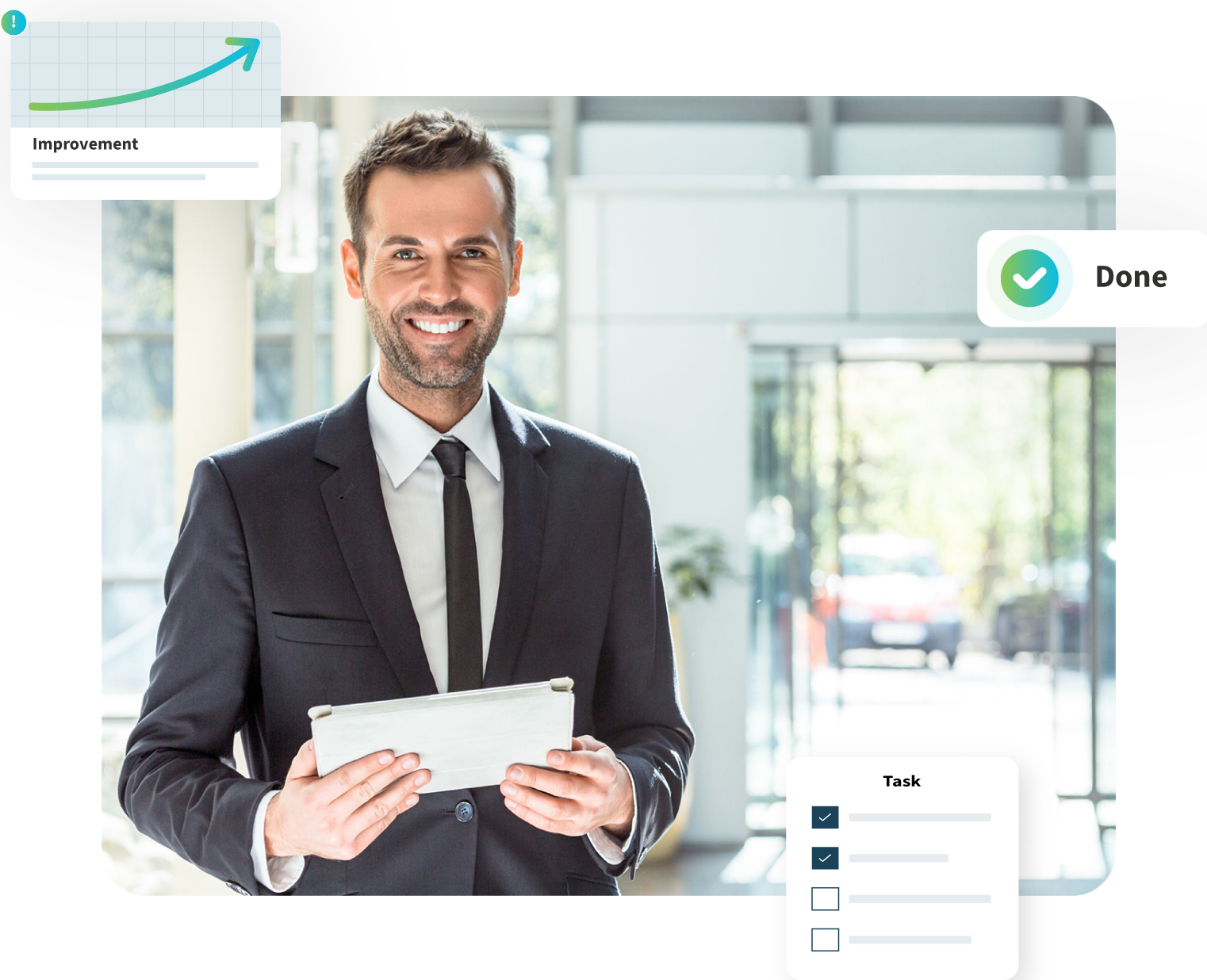There was once a time when the hospitality industry was, to some extent, considered recession-proof, even amid economic downturns or simple decreases in travel rates. And while that may be true, the last six months have proved that hospitality certainly isn’t pandemic proof.
It may seem obvious, but if you’re waiting until they arrive at work to screen team members for COVID-19, you’re potentially allowing the virus into your workplace. So why are so many service businesses still doing pre-shift screening at the employee entrance?
The most likely reason is that businesses scrambled as they adjusted operations or began reopening after closures due to COVID. They purchased some infrared thermometers and downloaded a “COVID-19 Symptoms” checklist from the CDC or an industry source, laminated it, and set up a table at the employee entrance to take peoples’ temperatures and make certain they answer the questions.
This manual approach introduces plenty of opportunities for lapses in compliance with the process. With fewer team members doing more of the work, it’s easy for someone to get pulled away and more difficult to fill the shift if that person calls out.
Since the beginning of March of this year, there have been more than 540 lawsuits filed against employers as a direct result of COVID-19. One of the key issues raised by employees in safety-related complaints is that their employer is not adequately screening people before their shifts, resulting in team members being permitted to clock in for work despite demonstrating symptoms.
While you might assume these are extreme cases, manual processes are typically not as well documented as needed when faced with a complaint filed by an employee. Additionally, the record keeping can be more challenging in a manual environment.
 Another challenge is the increased disruption in the workplace when it is discovered that a team member is screened at the entrance and is running a fever or reports symptoms. Ensuring that the person receives adequate instruction on steps to be taken, while a manager also has to find someone at the very last minute to work the now-open shift pulls that manager from ensuring customers are served and adds pressure to the other team members on the shift.
Another challenge is the increased disruption in the workplace when it is discovered that a team member is screened at the entrance and is running a fever or reports symptoms. Ensuring that the person receives adequate instruction on steps to be taken, while a manager also has to find someone at the very last minute to work the now-open shift pulls that manager from ensuring customers are served and adds pressure to the other team members on the shift.
Add to that the distraction of working team members who inevitably become aware that a colleague was turned away at the door – many wondering if they worked with the affected individual while they were contagious. A little advance warning puts the manager in a much better place to get shifts filled and communicate to others who may have been exposed.
How do you solve this? Automated pre-shift screening.
Mobile tools that automate the process can enable team members to self-report symptoms through their phones – before they enter the workplace. Our solution at UniFocus works like this:
- Scheduling is integrated with the mobile application, so team members are automatically prompted before each shift to answer a brief survey regarding COVID symptoms or exposure through an app on their phones.
- Team members have a set amount of time to submit their answers – we typically recommend requiring a response within 1 hour prior to the start of a shift.
- If a team member fails to submit the survey, the manager is alerted and can contact that individual through the app to ensure that they answer the screening questions.
- Most team members confirm that they have no symptoms or exposure and are free to proceed to work.
- Team members who report symptoms or exposure immediately receive instructions through the app – these instructions are customized based on company policy and the unique circumstances of the location where they work, but basically tells them not to come to work and who to call.
- Managers are alerted and can immediately use the app to either identify specific team members to fill the open shift or broadcast the shift to all available team members.
- For locations using the UniFocus Time & Attendance system, the timeclock can also be set to prevent the team member from clocking in as an added automated measure for workplace safety.
The good news for employers is that this is a very easy, low-cost solution to implement that lightens the load of overburdened managers, while better protecting staff and the company.
Yes, you still need to verify by taking temperatures at the door, but this automation is a big step toward 100% compliance with pre-shift screening. You’ve also significantly decreased the likelihood of the last-minute chaos managers face with a manual process and you have automated documentation almost every step of the way.






